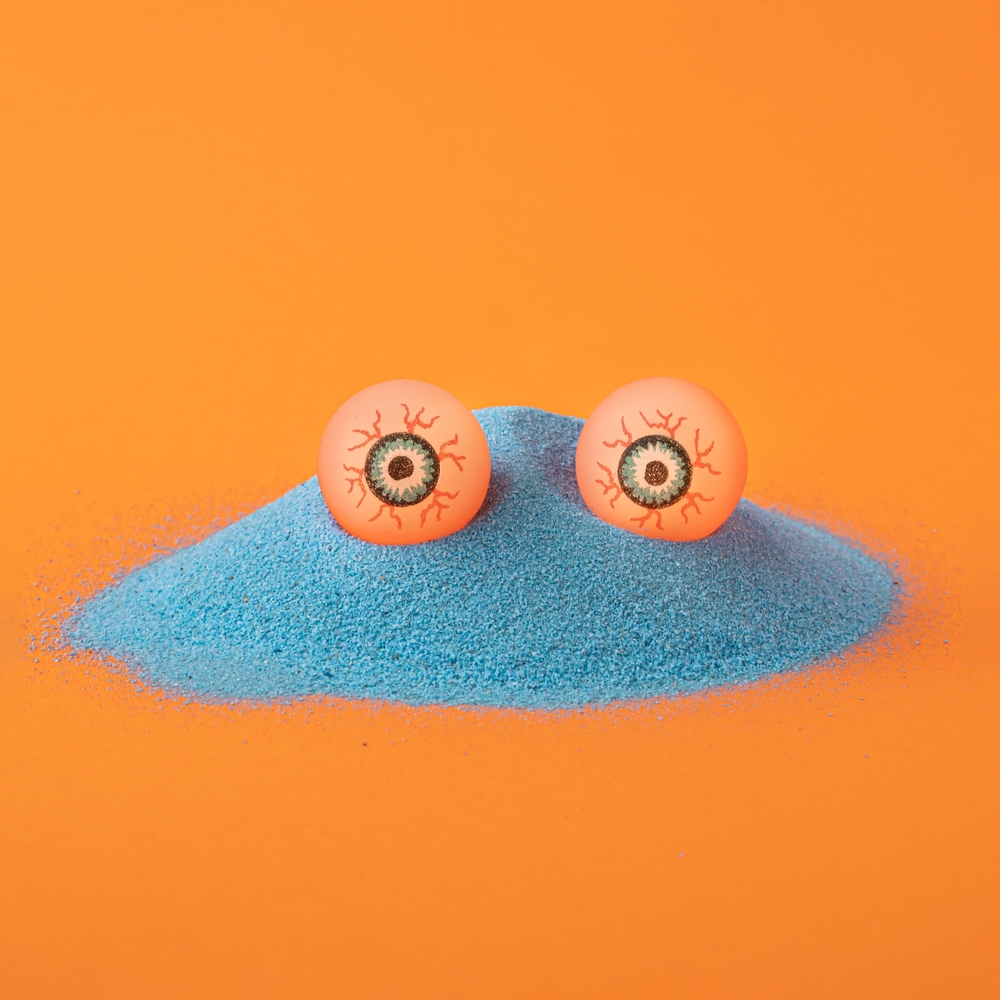Every optometrist has their own techniques that they use in their practice, taking from years of education, training, and practical experience to develop the fundamental skills they first learned. That’s how improvements are discovered, after all — novel techniques and technological innovations, among others, that can advance the treatment of a wide variety of diseases.
When it comes to dry eye disease (DED), the search is always on to optimize treatment. And we recently discovered one idea best summed up by a patient named Roy Orbison…
“Crying, crying, crying, it’s hard to understand, that the touch of your hand, can start me crying…”
Now, unless we’ve completely misunderstood Mr. Orbison’s point here, he’s describing how his optometrist was able to alleviate his terrible DED by merely touching him with his hand. This remarkable new technique could be of significant value to optometrists if they can replicate what we’d like to call the Orbison technique. We are entirely certain that we have not confused this song with anything else.
But just in case we have… it’s worth considering how some of optometry’s leading minds are adapting their clinics to better meet the growing demand for DED.
Worldwide, symptomatic cases of the disease are estimated to reach 9.12% of the total population, and it is particularly prevalent in Africa, with other regions expected to experience growth in tandem with aging populations. Onset usually begins after the fifth decade of life and is roughly as common in women as in men.1
This year, if you’re planning to start optimize your clinic’s DED practices, here are a few pointers that might help.
1. Start with a basic DED checklist
The British National Health Service (NHS) has built up a considerable amount of experience in treating DED. One of its local clinical commissioning groups in West Sussex, located just south of London, created a DED treatment guide that can help clinicians prepare and optimize their clinic for this disease.
The group’s DED checklist starts with the basics, such as limiting the use of contact lenses if these cause irritation, taking regular breaks for using electronic devices with screens, and stopping medication that exacerbates dry eyes (including antihistamines, tricyclic antidepressants, diuretics, and beta blockers).
2. Work closely with ophthalmologists
The guide also recommends a number of practices related to more advanced DED cases and lays out how an optometrist can reorganize their clinic practices accordingly.
For example, the document recommends trialing a product for four to eight weeks to determine its effectiveness before trying out another when severe cases are suspected. When red flag symptoms and pre-existing conditions appear, such as one eye being affected much more than the other, additional dry mouth, and other mucosal tissue, as well as systemic conditions such as allergy, connective tissue disorders or cancer treatment, etc. — then the guide recommends referring to and working with an ophthalmologist.2
3. Establish effective communication with patients
Dr. Mark Schaeffer, an American optometrist who works as the clinical field manager at MyEyeDr in Birmingham, Alabama, has dedicated a considerable portion of his career to DED and has published a number of articles and research papers on finding the correct protocols for treating patients with the condition.
One of the key factors Dr. Schaeffer emphasizes repeatedly in his writings is the importance of establishing good communication with patients.
In one article, How to Present Dry Eye Therapies to Patients, Dr. Schaeffer recommends using pre-prepared scripts when communicating with patients, as this helps to balance the impact of high patient volume. He also recommends role-playing sessions where staff alternates playing patients and clinicians as it’s a good way to understand the patient’s perspective.
Other planning points Dr. Schaeffer emphasizes include detailed treatment planning, sharing experience and patient progress reports, and crucially for the American audience, explaining out-of-pocket expenses in detail.3
4. Consider acting and financing
This advice works particularly well in countries that, like the United Kingdom, have a comprehensive state-funded medical system. This covers most countries in Europe as well as many in Asia.
However, how can optometrists best meet patient demand for DED treatment in countries with an entirely private healthcare system, such as the United States? In this country, many individuals go without health insurance entirely, and those who do have a policy often find that it doesn’t extend to ocular conditions like DED.
The issue of payment for treatment is a difficult one for many patients in countries with privatized healthcare like the US, and Dr. Schaeffer recommends giving the patient time and resources to decide on these services.
However, a point that needs to be emphasized during this process is that clinicians should avoid saying DED is ‘cured or healed,’ and should make it clear that the disease is a continuum from no signs or symptoms to a severe disease state.
The goal of treatment is to move closer and closer to the “normal” side, which takes time and financial input. So consider offering a number of financing options for your patients that will last the full duration of the treatment.3
References
- Papas EB. The Global Prevalence of Dry Eye Disease: A Bayesian View. Ophthalmic Physiol Opt. 2021;41(6):1254-1266.
- West Sussex Clinical Commissioning Group. Dry Eye Treatment Guideline. Available at https://westessexccg.nhs.uk/your-health/medicines-optimisation-and-pharmacy/clinical-guidelines-and-prescribing-formularies. Accessed on December 29, 2022.
- How to Present Dry Eye Therapies to Patients. Building Your Dry Eye Center of Excellence. Available at: https://www.reviewob.com/how-to-present-dry-eye-therapies-to-patients/. Accessed on December 29, 2022.
Editor’s Note. A version of this article was first published in COOKIE Magazine Issue 10.



